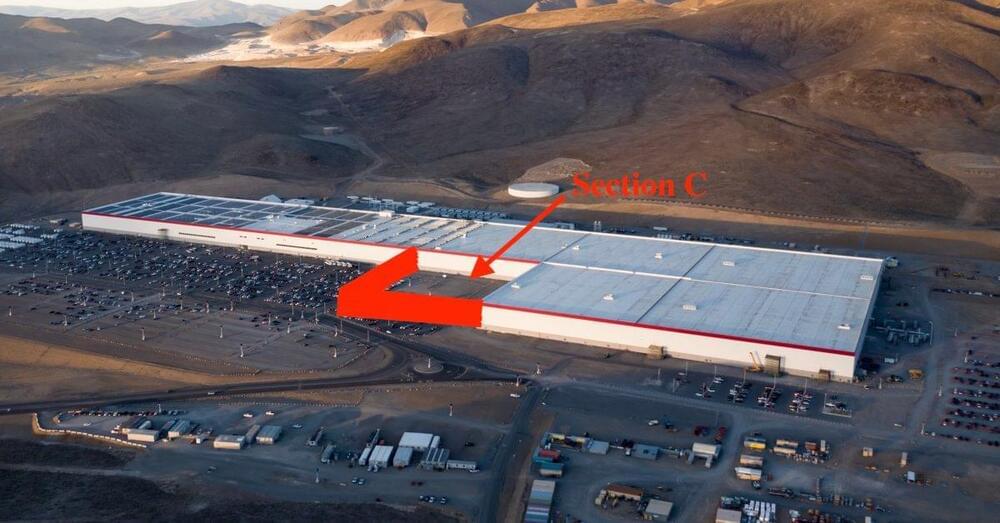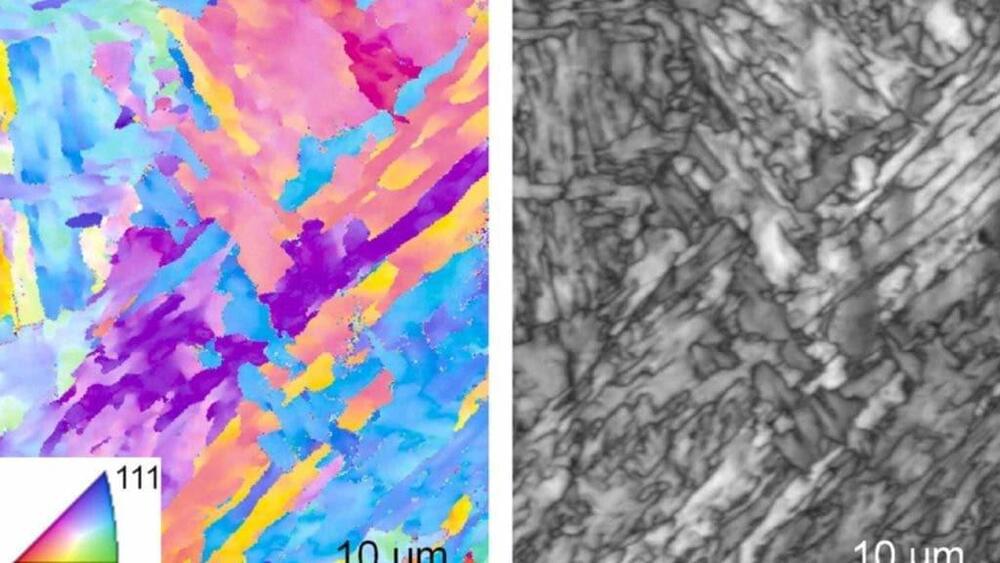When it comes to developing treatments and eventual cures for diseases, being able to diagnose a condition early and accurately makes a huge difference – and scientists have now developed a quick, reliable method of identifying people with Parkinson’s disease.
The test can be run in as little as 3 minutes after a skin swab has been taken. The swab is analyzed for changes in the chemical mix of sebum, a natural waxy oil produced by the skin that has previously been linked to Parkinson’s.
At the moment, there’s no conclusive test for Parkinson’s disease – specialists look at symptoms, medical history, the results of a lengthy physical examination, and in some cases, a brain scan to diagnose the condition.









